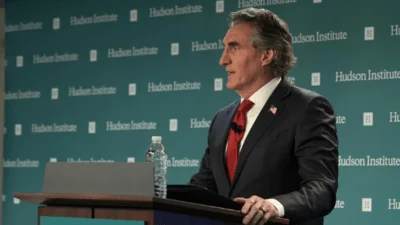Confidence among multifamily housing developers showed a year-over-year increase in the third quarter, according to the latest Multifamily Market Survey (MMS) from the National Association of Home Builders (NAHB). The survey provides two main indices: the Multifamily Production Index (MPI), which rose six points to 46 compared to last year, and the Multifamily Occupancy Index (MOI), which declined by one point to 74.
The MPI reflects sentiment among builders and developers regarding current production conditions for apartments and condominiums on a scale from 0 to 100. Scores below 50 indicate that more respondents view conditions as poor rather than good. The MPI is calculated as a weighted average across four segments: garden/low-rise rentals, mid/high-rise rentals, subsidized rentals, and built-for-sale condominiums. This quarter, garden/low-rise units increased three points to 51; mid/high-rise units climbed nine points to 37; subsidized units rose nine points to 55; and built-for-sale units saw a six-point gain to reach 35.
The MOI measures industry perception of occupancy levels in existing apartments, with readings above 50 suggesting positive sentiment. While this quarter’s MOI reading of 74 indicates overall optimism about occupancy, it is the lowest level seen in the past eleven quarters. Within this index, garden/low-rise units dropped one point to 76; mid/high-rise units remained steady at 66; and subsidized units fell five points to 81.
“We are seeing a degree of bifurcation in the multifamily market, as developers of low-rise market-rate and subsidized rental properties express increased optimism, while developers of mid- and high-rise properties and condominiums remain less confident,” said Debra Guerrero, senior vice president of strategic partnerships and government affairs at The NRP Group in San Antonio and chairman of NAHB’s Multifamily Council. “Significant challenges such as the current regulatory environment, rising construction costs and difficulties in securing project financing continue to affect the multifamily sector as a whole.”
“The MPI and MOI are giving us a mixed picture of the multifamily market, with strength in some market segments, but weakness concentrated in the mid-to-high-rise developments that tend to be common in high-density metro areas,” said NAHB Chief Economist Robert Dietz. “This is consistent with NAHB’s Home Building Geography Index, which shows multifamily construction activity growing in areas with low population densities but weakening in the larger metros.”
The MMS was updated in 2023 for improved clarity and alignment with other NAHB industry surveys. Until enough data are available for seasonal adjustment, changes should be interpreted on a year-over-year basis only.
When asked about changes over the previous three months, most surveyed developers—68%—said conditions were about the same. Ten percent reported improvement while twenty-two percent noted worsening conditions.
Further details on the MMS can be found at nahb.org/mms. Information about NAHB's programs for multifamily development is available at NAHB Multifamily.





